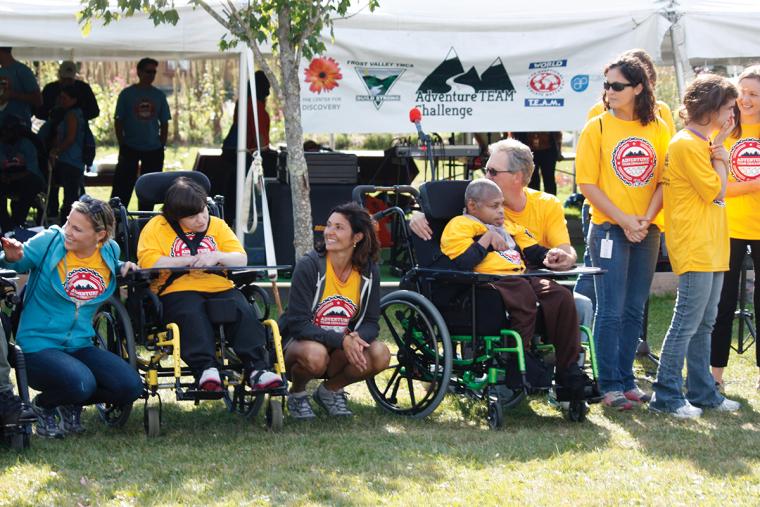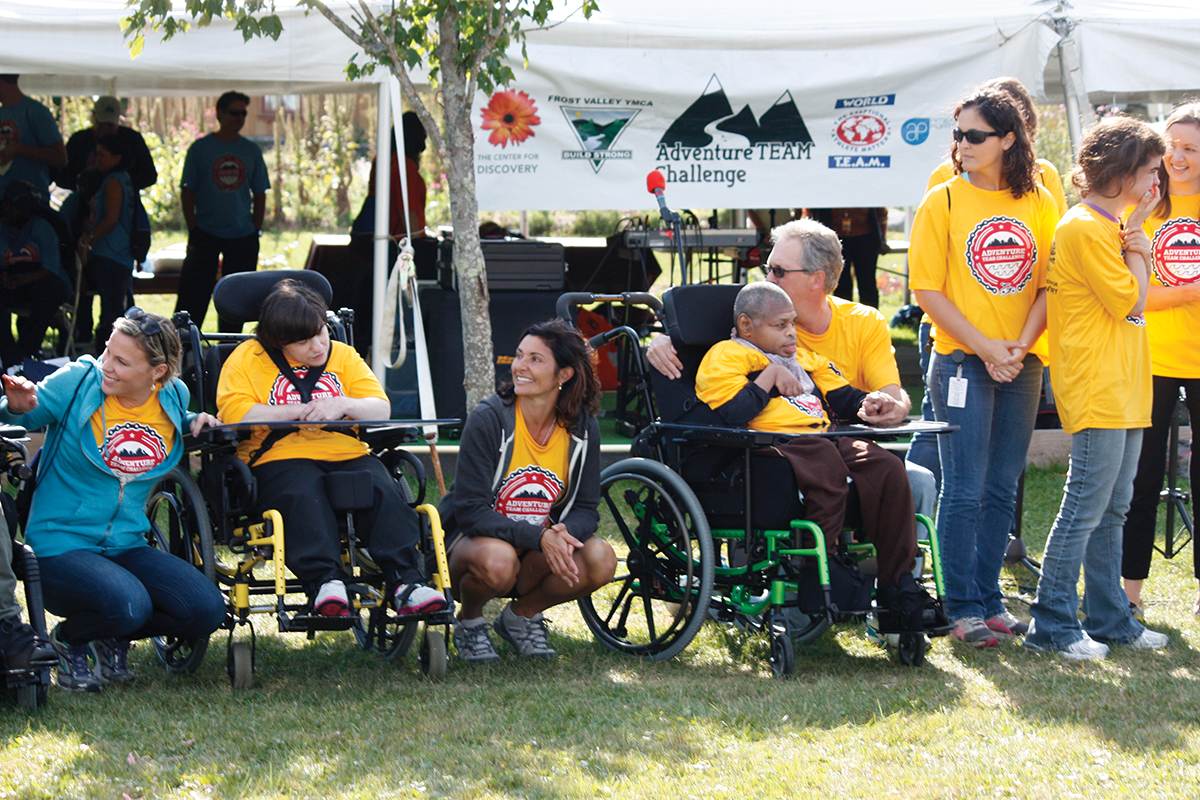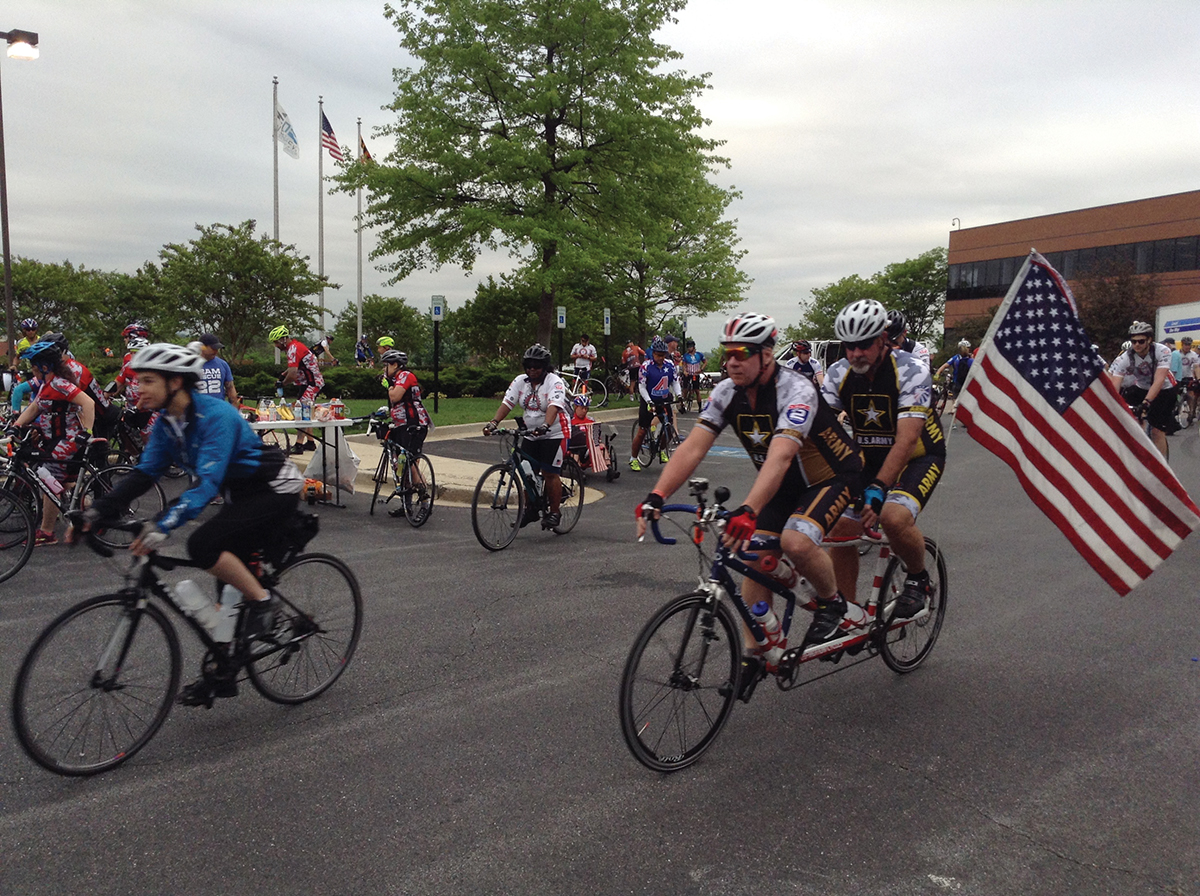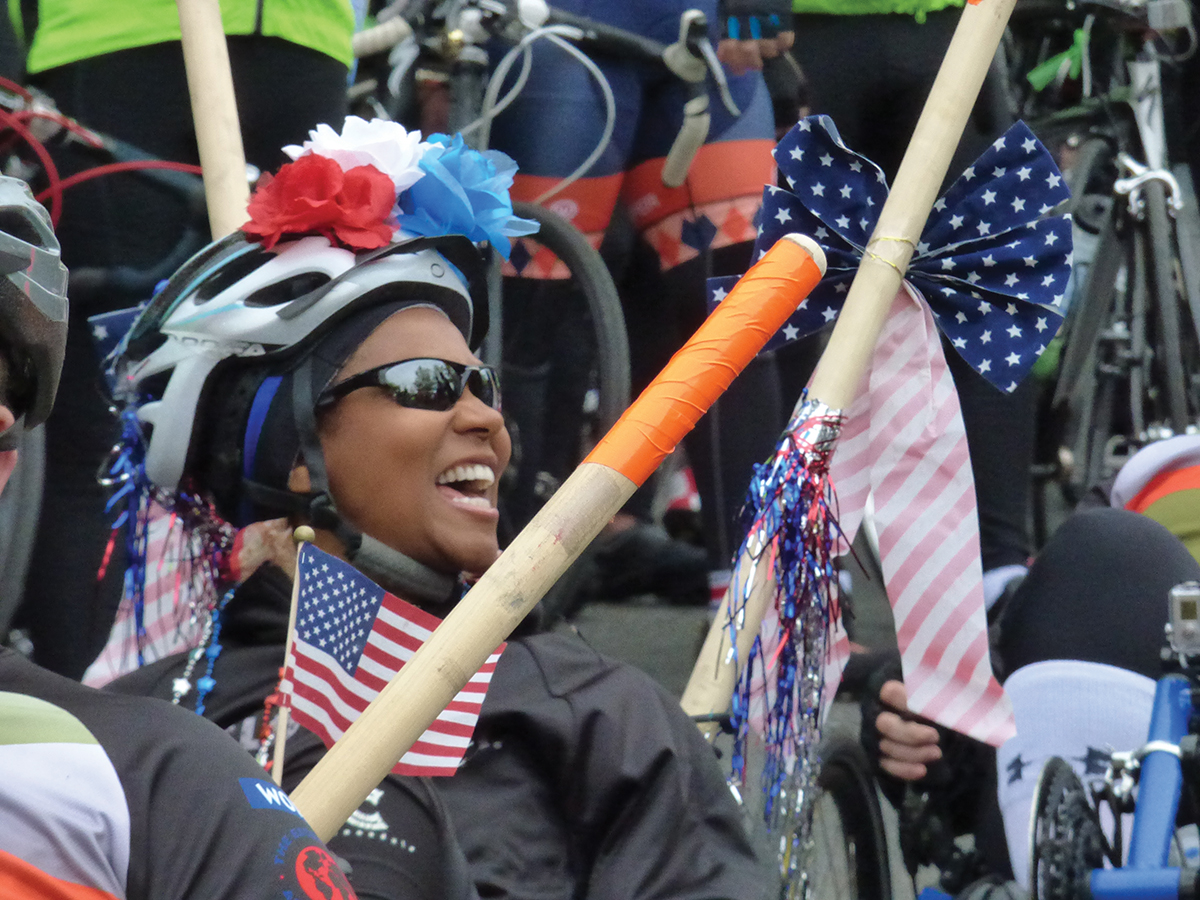

Our second type of event is smaller, and it’s more mission-based, meaning we work directly with individuals who have special needs, and we scale back the duration and length of events accordingly. Our Coastal Team Challenge, for example, includes two days of tandem kayaking and one night of camping – but they provide a great sense of accomplishment for everyone who takes part.
It’s not just the athletes who learn so much from these programs, though. Here are some of the things we have come to understand, and we believe they are part of what makes our program, and others with similar goals, successful.

We’ve learned experience is the very best teacher: Whether you’re talking about working with athletes who have disabilities, or those who are able-bodied – or the way we do things, with both types of athletes – there’s no substitute for actually getting in there and participating in an event yourself. There’s no manual or instruction book that can teach you how to put on a long-distance bicycle ride or a run. (Well, maybe these days, you can find something on Amazon, but it won’t take the place of the learning experience that comes when you put the textbook down, throw your leg over the bike and just get out there). We would suggest that people actually attend events as a participant. And that means not just volunteering or helping but putting yourself in the driver’s seat and seeing what it’s like from the perspective of the person who has a disability.

You’ll also need to be prepared for things to go wrong – and to fix them when they do. Again, going back to the example of a bike ride, you know people are going to break down, have flats and so on. Is your staff able to do repairs on the spot if someone is using a kind of bicycle they’re not accustomed to servicing?
In advance of our bicycle ride that went to Ground Zero in New York, we pulled the course marshals aside and asked everyone to familiarize themselves with the handcycles, the tandems and recumbents. We said, ‘You can’t be using Google on the course if something goes wrong.’ It was a big event and we didn’t have the option of taking the easy way out. Our athletes were expecting us to be able to do what needed to be done to keep them on the road. And since as it turned out, the event was held on a rainy, wet day, it was a pretty sure bet nobody was going to be willing to wait around while the right bike mechanic could be found.
Continuing with that lesson was another challenge: having the right supplies on hand. Because many of those bicycles used tires and tubes that were different sizes from the ones people usually used, we needed to make sure we had extras in stock on our sag wagons. We were calling bike stores everywhere and asking for tubes and tires that could be used for kids’ bikes, specialty bikes and anything else we could find. Everything gets a little harder when you have different apparatus, but that isn’t an excuse for you not to be able to change the tires or be familiar with the parts. Bike stores were jumping in to help, but even they didn’t always have the expertise either. Ultimately, it’s going to be your responsibility, so you have to be ready.
We’ve learned to engage our athletes: ADA can only tell you so much – and that won’t get you very far outside of a hotel or a restaurant or a public venue with rest rooms. Most of the ability to keep a sports event accessible comes from collaborating with the athletes and the people who have disabilities. You can’t plan a successful event without making them part of the process. It doesn’t matter what sport it is; the athletes can always tell you more than you’ll ever learn from the law.
When we began working on our Colorado event, for example, we learned how important it was to have the right place to get our athletes ready to make the transition from mountain biking to hiking. There’s no ADA when you’re out in the middle of nowhere, so if we can’t make it possible for people to transition between sports, then it’s because we didn’t do enough to work out the details in advance. Nobody should be told on the course that something is going to take longer for them or be a lot harder because they have a disability and nobody is available to help them.
If an athlete has a good experience at your event, he or she will come back, and will tell others, who may or may not have disabilities, how great it was. If they come to you to discuss problems, listen to them and then make the changes that are needed. We always remember the saying, ‘Bad news is halfway around the world before good news is out of bed,’ – and it’s incredibly true when it comes to creating accessible sports events.
Volunteers are invaluable: We rely on many volunteers to help put on our various events. People get involved in our events for any number of reasons. Sometimes, they just want to volunteer, and we encourage them to show up, sign up and put their name down because we can find something for them to do. Sometimes, someone in a person’s family is a disabled athlete or a military veteran, and that creates an interest that works as a vehicle to get them involved with us. Sometimes, people work for our corporate sponsors, and they have no experience whatsoever, but they’re passionate about it. No matter what background they’re from, we’re able to identify people who are really good at this and move them to bigger roles.
The reward is huge: The challenges are worth it. Putting on an event that includes individuals with disabilities takes extra effort and planning. But at the end of the day, the risks and challenges and fears that come along with that effort are so worthwhile when you compare them with the reward that comes as a result from doing it right. SDM

